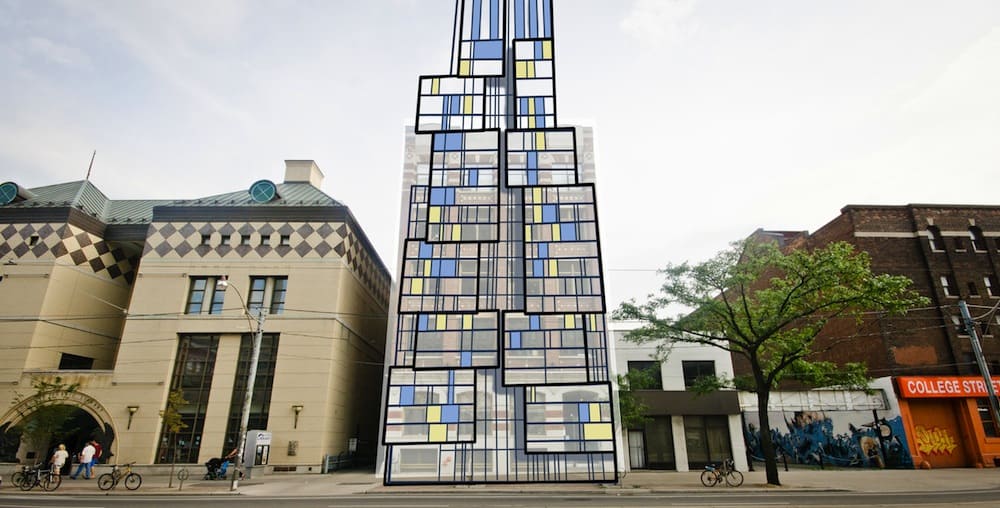A new student residence is being proposed near College and Spadina. Knightstone Capital, a private firm, is planning to build a 24-storey tower, which could house 759 U of T students on property leased from the university. However, some members the local community, including City Councillor Adam Vaughan, oppose the project.
Many U of T students welcome the proposal. Housing costs in downtown Toronto are soaring. A decent bedroom in a Bay Street condominium often costs $1,000 per month, and many students are more than happy to pay $600 just to find a living room to sleep in. On the other hand, commuting carries implicit costs. In addition to paying $106 a month for a TTC pass, commuters also tend to enjoy fewer of the auxiliary U of T services that they pay for. After all, few would be willing to commute back to campus after dark just for an intramural soccer game at 10:00 pm.
The project also appeals to the university. The university administration has some responsibility to offer accommodation to its substantial international and out-of-province student body. For years, however, it has been unable to expand its aging residence buildings due to ever-decreasing public funding. As the Knightstone project is privately financed, the university can better serve its students while only taking on minimal financial risks. Besides, more student residences will always foster a sense of community on campus that big universities like U of T often lack.
Opponents to the project protest that a glass-and-steel tower would be incongruous in the otherwise low-rise area, and that students would cause a disturbance in an otherwise quiet residential neighbourhood. These are genuine concerns; however, they should serve as signs to proceed with caution, rather than as roadblocks to the entire project. Indeed, some measures have already been taken to address these problems. For instance, the university stipulated as part of its lease that the operator of the new residence must obtain its approval. It is therefore to be expected that student life in the new tower will be held to the same standard as any other U of T residences.
In their stern opposition to the proposed tower, community members also seem to have willfully ignored the enormous economic and social benefits that those 759 students will bring to the neighbourhood. Existing business owners will see an influx of customers, and residents will benefit from the opening of many new businesses.
The university owns many other underdeveloped properties, such as the three blocks bounded by Harbord, Spadina, and Huron and Bloor. U of T owns all but 11 houses in the area. Building a mixture of new student residences and classrooms in the area will benefit the residents as well as students. However, if the Knightstone residence project is rejected, it will serve as a negative precedent for other future development projects in the area.
Li Pan is a second-year student majoring in economics and mathematics.


